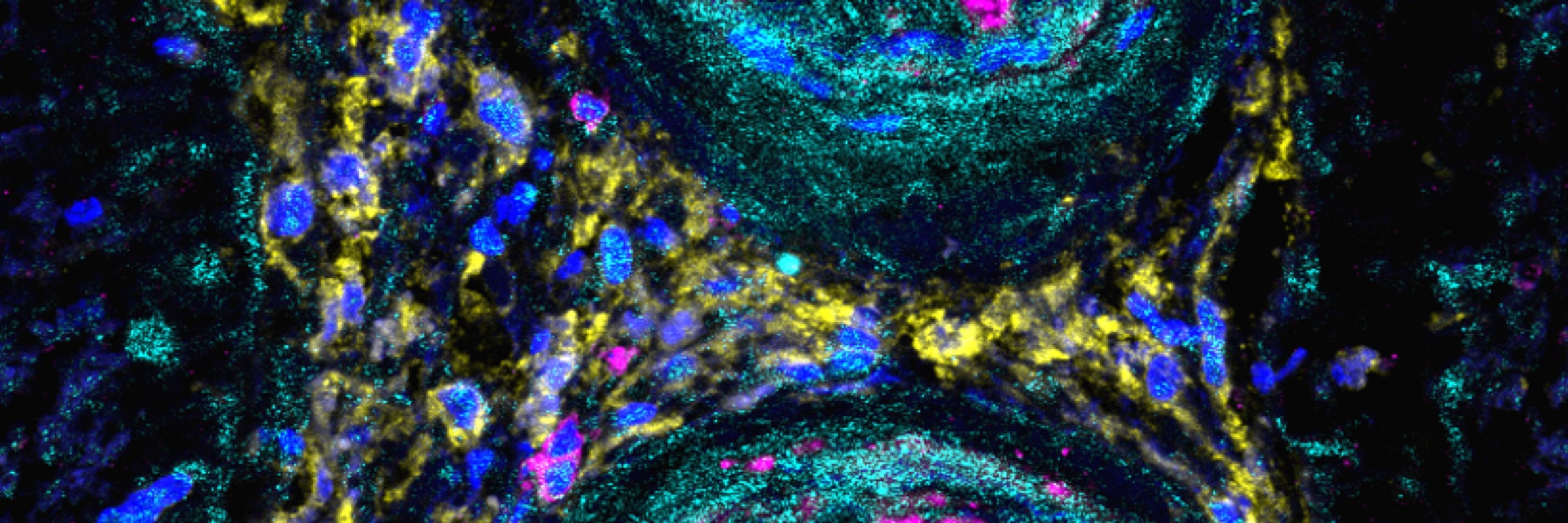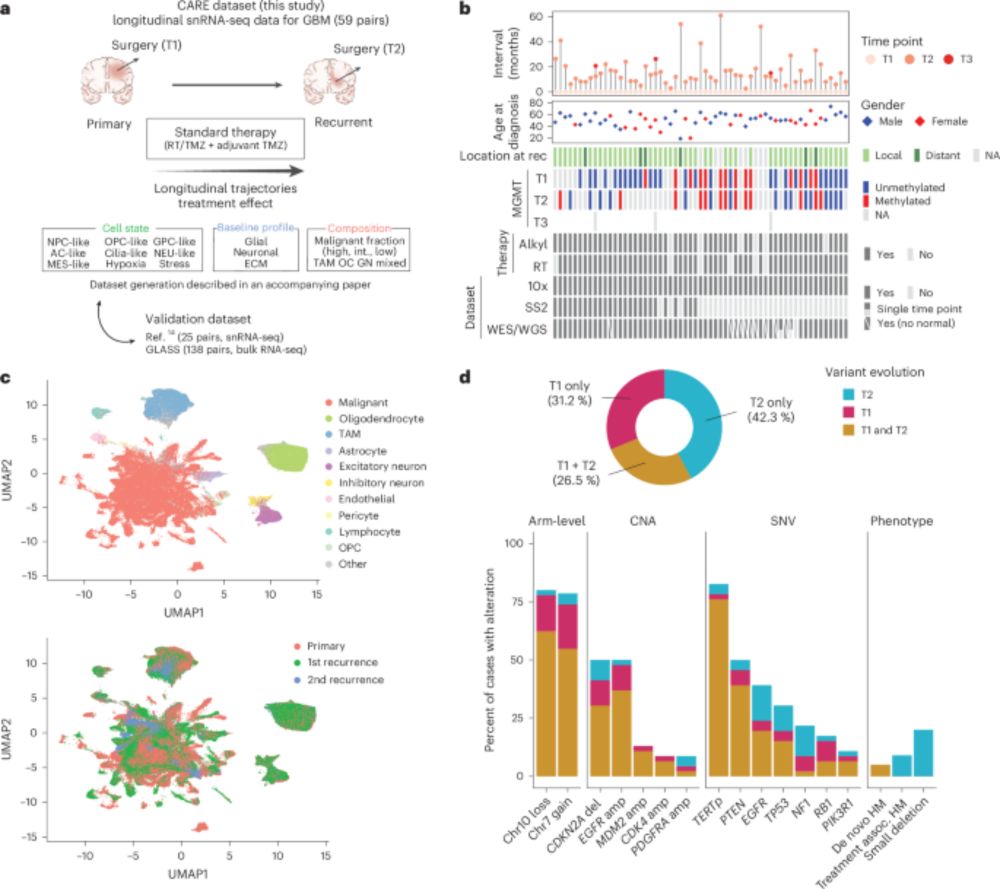
www.sciencedirect.com/science/arti...

www.sciencedirect.com/science/arti...


www.nature.com/articles/s41...

www.nature.com/articles/s41...

This is the beginning of a long journey for us, to study heterogeneity in GBM patient samples.
First step was to figure out some chemistry to enable us to look at this challenging problem.
pubs.acs.org/doi/10.1021/...

This is the beginning of a long journey for us, to study heterogeneity in GBM patient samples.
First step was to figure out some chemistry to enable us to look at this challenging problem.
pubs.acs.org/doi/10.1021/...
Ideal for starters in the field; this year's focus is on using genomic data for cancer evo research.
Brilliant & inspiring faculty! bit.ly/40nLdDD
Ideal for starters in the field; this year's focus is on using genomic data for cancer evo research.
Brilliant & inspiring faculty! bit.ly/40nLdDD
👉 go.epfl.ch/ELISIR

👉 go.epfl.ch/ELISIR

